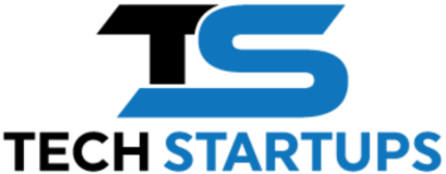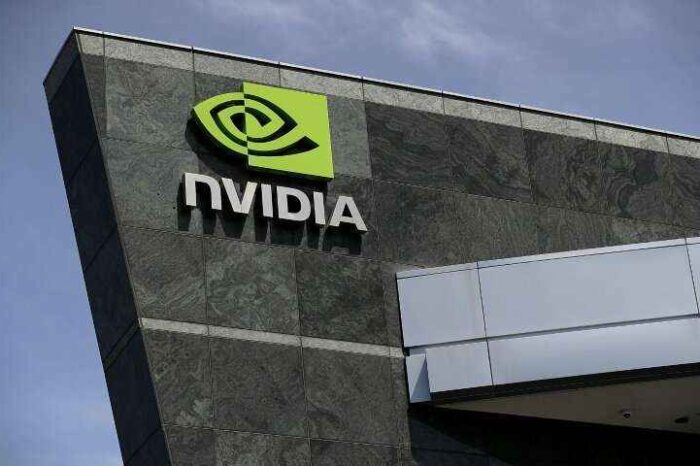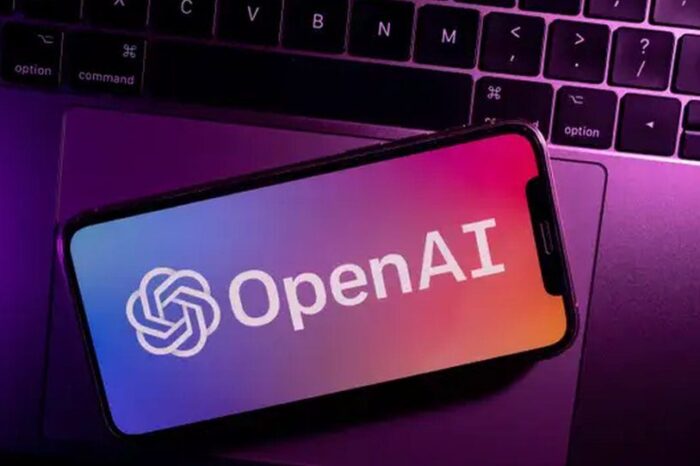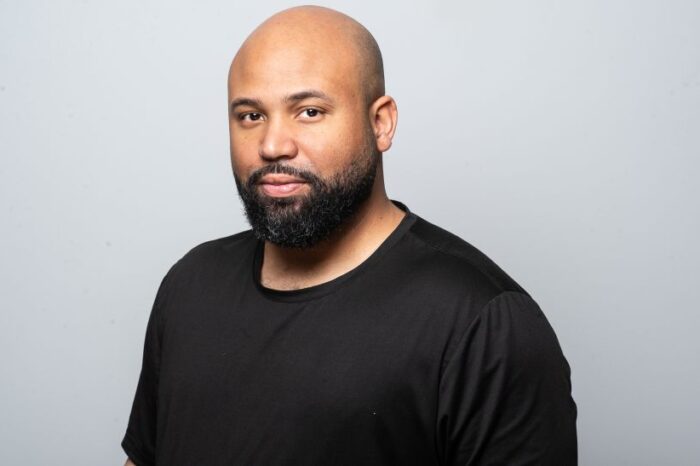Silicon Valley startup xLight raises $40M in funding to build next-gen EUV laser and challenge China in chipmaking
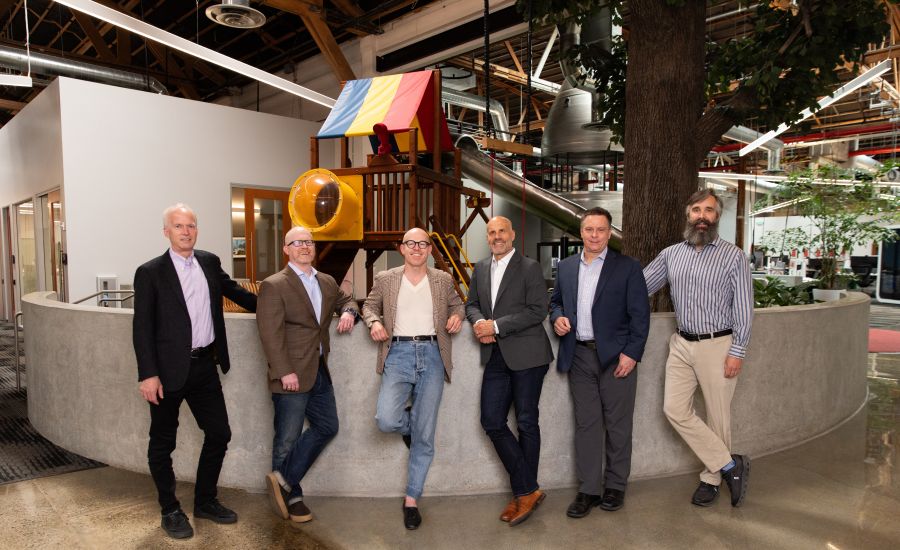
Silicon Valley-based startup xLight just raised $40 million to build something the U.S. hasn’t seen in decades: a prototype for a new kind of laser that could shift the balance of power in chip manufacturing. The company’s big swing? A U.S.-developed extreme ultraviolet (EUV) laser capable of going head-to-head with the world’s only current supplier: ASML in the Netherlands.
The funding round was led by Playground Global, with support from Boardman Bay Capital Management, Morpheus Ventures, Marvel Capital, and IAG Capital Partners, the company announced Tuesday. xLight didn’t disclose its valuation but says it’s aiming to have a working prototype ready by 2028.
At the core of xLight’s pitch is a familiar problem with high stakes: the chip shortage and the global race to secure the tools to manufacture them. And right now, the crown jewel of that process is the EUV machine — a massive, delicate system used to etch impossibly small features onto silicon wafers. Only one company in the world makes them: ASML. And ASML’s EUV machines rely on laser technology originally developed in the U.S.
Inside the Startup Trying to Build America’s First EUV Laser Since Losing Cymer
That piece of history stings a little. A San Diego-based company called Cymer pioneered the first EUV laser technology, only to be acquired by ASML over a decade ago for $2.5 billion. That deal helped cement Europe’s dominance in the space — and left the U.S. on the outside.
“There was a terrible mistake made giving Cymer the ability to become a European-owned and controlled company,” said Pat Gelsinger, the former Intel CEO, who now chairs xLight’s board and is a general partner at Playground Global.
xLight doesn’t plan to let history repeat itself.
CEO Nicholas Kelez says the laser xLight is building is based on the same technology used in large-scale particle accelerators at U.S. national labs. But instead of fueling fundamental physics research, it will be used for something much more commercial: increasing chip output.
“This is the most expensive tool in the fab. It’s what drives the cost of the wafer more than any other tool in the fab, and it’s what drives capacity more than any other tool in the fab,” Kelez said at xLight’s Palo Alto office.
With AI workloads ballooning and demand for chips from Nvidia and others growing by the day, fabs are under pressure to churn out more wafers — the dinner-plate-sized discs that get sliced into hundreds of chips. xLight believes its laser could be the key to making that process faster and cheaper.
“xLight represents a once-in-a-generation opportunity to restore American leadership in one of the most critical technologies underpinning the semiconductor industry,” said Pat Gelsinger, Executive Chairman of the Board, xLight and General Partner, Playground Global. “By delivering an energy‑efficient EUV laser with tenfold improvements over existing technologies, xLight has the potential to drive the next era of Moore’s Law – keeping chip scaling alive, accelerating fab productivity, and anchoring this foundational capability in the U.S. supply chain.”
With $40M Funding, xLight Wants to Reclaim U.S. Lead in EUV Laser Tech Amid China’s Chip Push
The U.S. government clearly agrees that EUV lasers matter. For years, Washington has worked behind the scenes to block exports of ASML’s EUV machines to China, with one official calling it the “single most important export control” held jointly by the U.S. and Europe.
Meanwhile, China isn’t standing still. It’s investing heavily to catch up, with one of Huawei’s key partners reportedly making breakthroughs of its own. More than a dozen research papers chasing similar laser architectures have surfaced at major conferences — many exploring the same approach xLight is now pursuing.
xLight is trying to flip the story. Many of its components will be sourced from U.S. national labs, and the company is building out a supply chain that keeps manufacturing aligned with American and allied interests.
“We can build that here, or it can be built elsewhere,” said Gelsinger. “China is investing heavily in this space. There’s an extraordinary backstory here that says, ‘Let’s get this one right.'”
And this time, the U.S. might not let the tech slip away.
